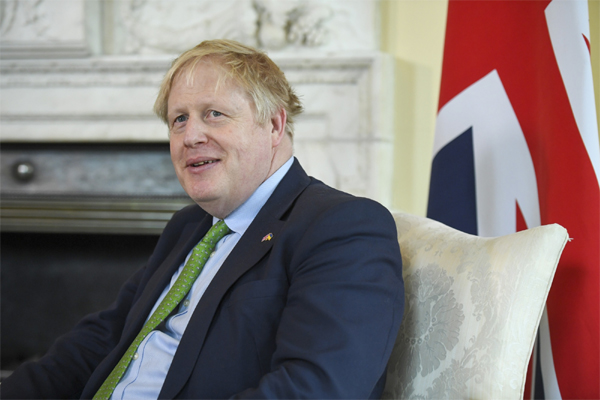
Emily Ashton, Bloomberg News
LONDON
EnergiesNet.com 03 31 2022
Small nuclear reactors could be contributing power to the U.K. grid by the end of the decade, Prime Minister Boris Johnson said, accelerating a timeline set by his own government.
So-called small modular reactors (SMRs) are needed as part of the “big-ticket nuclear solutions” to Britain’s energy supply, along with the construction of Sizewell C nuclear plant, Johnson told the House of Commons Liaison Committee on Wednesday. Pressed on how long it would take for an SMR to be up and running, Johnson said: “I saw a bit of paper last night that said they think that before the end of the decade — but they will have to go quicker than that.”
The comments suggest Johnson wants to move quicker than the target laid out in the government’s Energy White Paper in December 2020, which envisaged getting the technology up and running “by the early 2030s.” Ministers are currently working on a fresh energy security strategy in order to reduce reliance on energy imports in the aftermath of Russia’s invasion of Ukraine.
Johnson also pointed to offshore wind as having “massive potential” for the U.K., while playing down the idea of onshore wind — a technology opposed by many members of his ruling Conservatives who dominate the rural constituencies where turbines are typically built.
The prime minister has previously stressed the importance of nuclear power to the U.K.’s future energy mix, and the government is considering setting a target to make nuclear power 25% of the nation’s electricity mix by 2050, to help wean the economy off a dependence on Russia’s fossil fuels.
French Comparison
“Why aren’t we doing it? Why have the French got 56 nuclear reactors and we’ve got barely six?” he told the committee on Wednesday. “Long-term, and medium-term, we’ve got to be looking at big-ticket nuclear solutions.”
“If we don’t start now. we won’t be fixing the problem,” he added.
U.K. to Ramp Up Offshore Wind Targets in Energy Security Push
The government in November announced 210 million pounds ($276 million) of funding to develop SMRs, matched by private investment. The hope is the reactors will be cheaper and quicker to build than traditional nuclear power plants because they are smaller, and their modular nature means parts can be produced in factories and moved by road to the site.
Electricite de France SA is already building one new large-scale nuclear power plant at Hinkley Point in southwest England, and the government is committed to agreeing a financing deal on another by 2024 — likely to be EDF’s Sizewell C in eastern England. The company also is considering extending the operating life of its Sizewell B station for another 20 years to 2055. But three stations are set to close by 2024, heightening the need for replacement plants.
Plans to build a second nuclear project at the Wylfa site in Wales could be resurrected after a previous attempt was shelved by a lack of funding.
“We’ve got to recognize that in the U.K. we have just failed for a generation to put in enough long-term supply, and it’s been one of those colossal mistakes,” Johnson said. “Renewables are fantastic — offshore wind, and I stress offshore wind, I think has massive potential. But so does nuclear.”
bloomberg.com 03 30 2022












